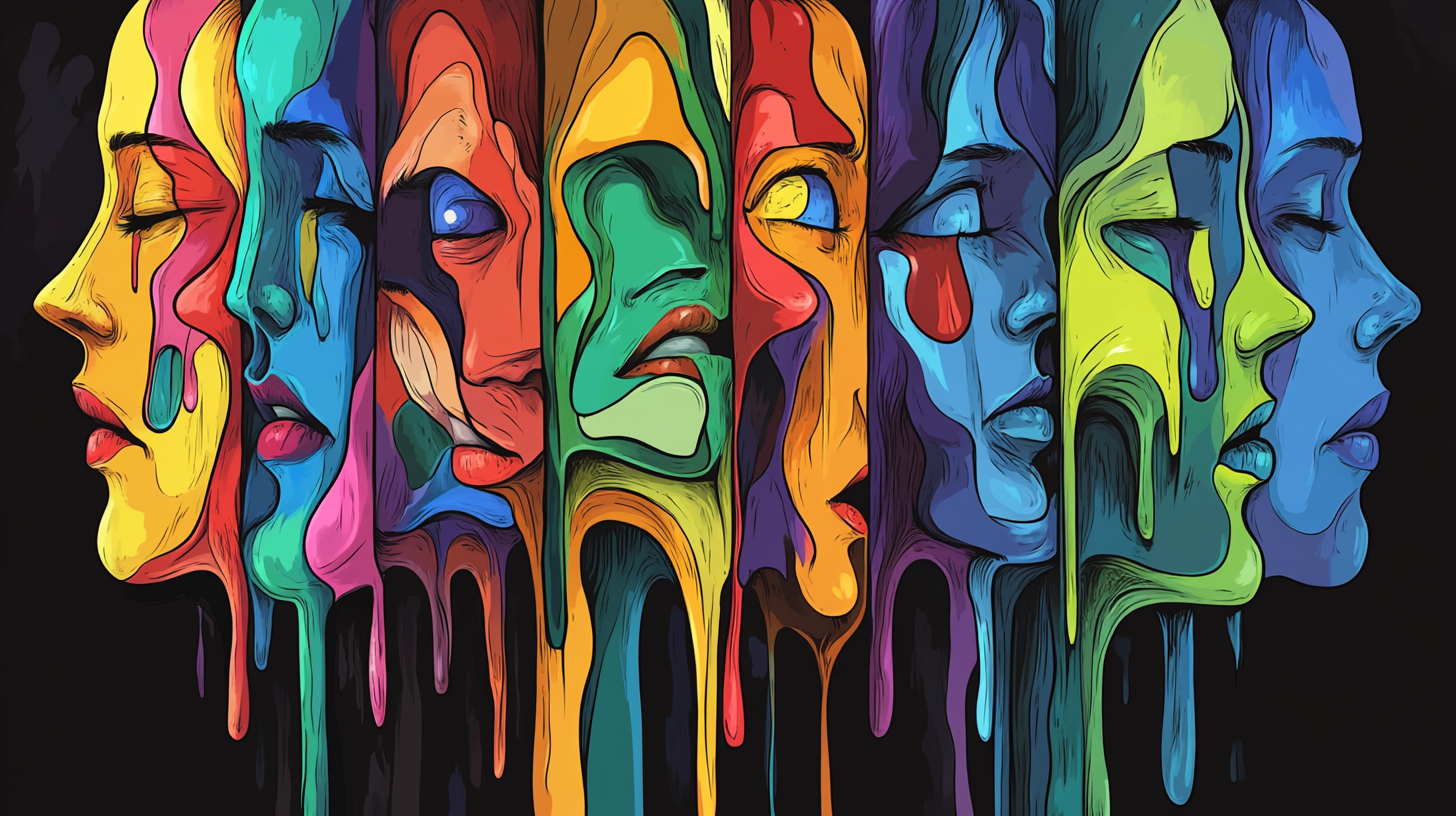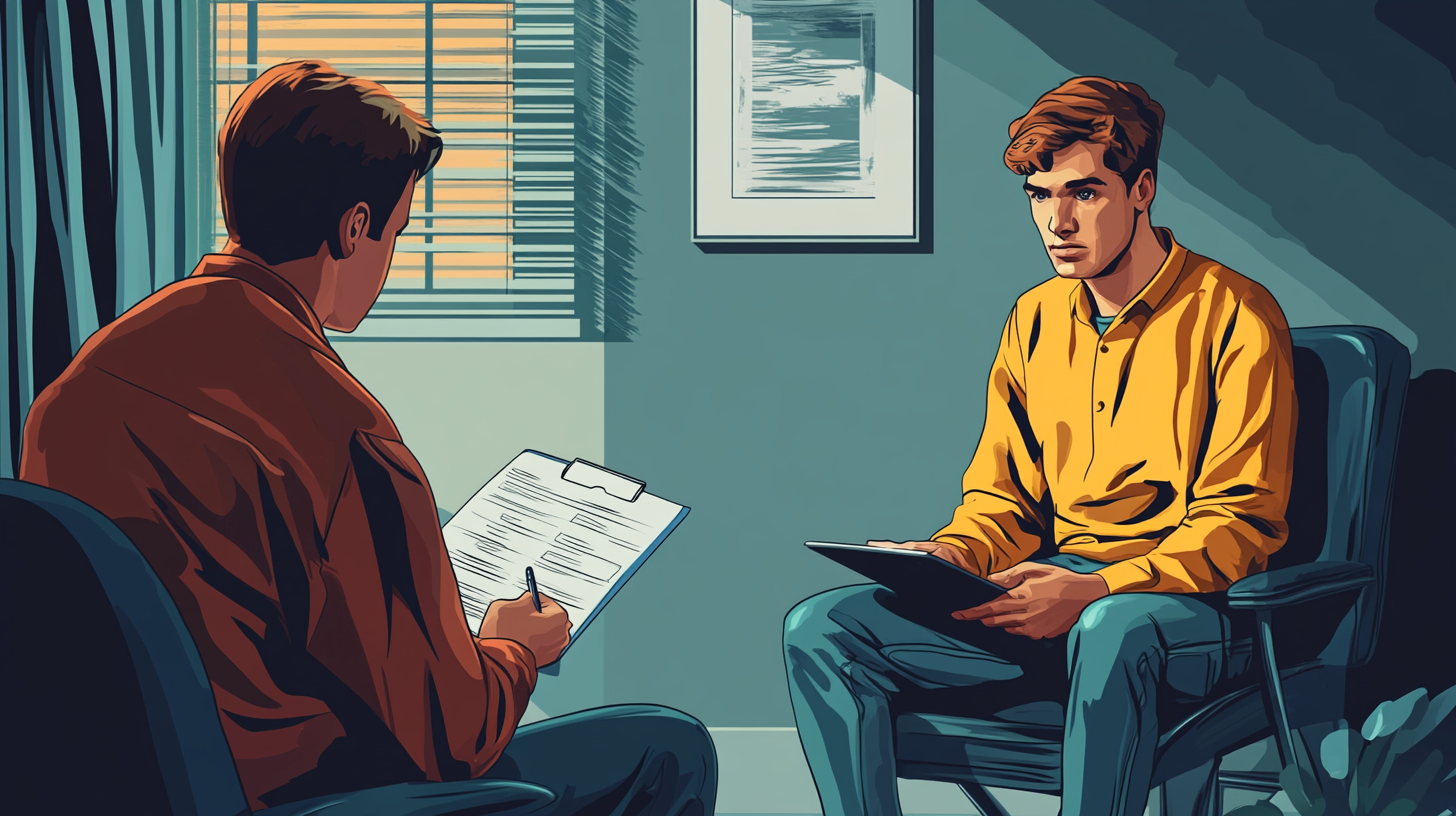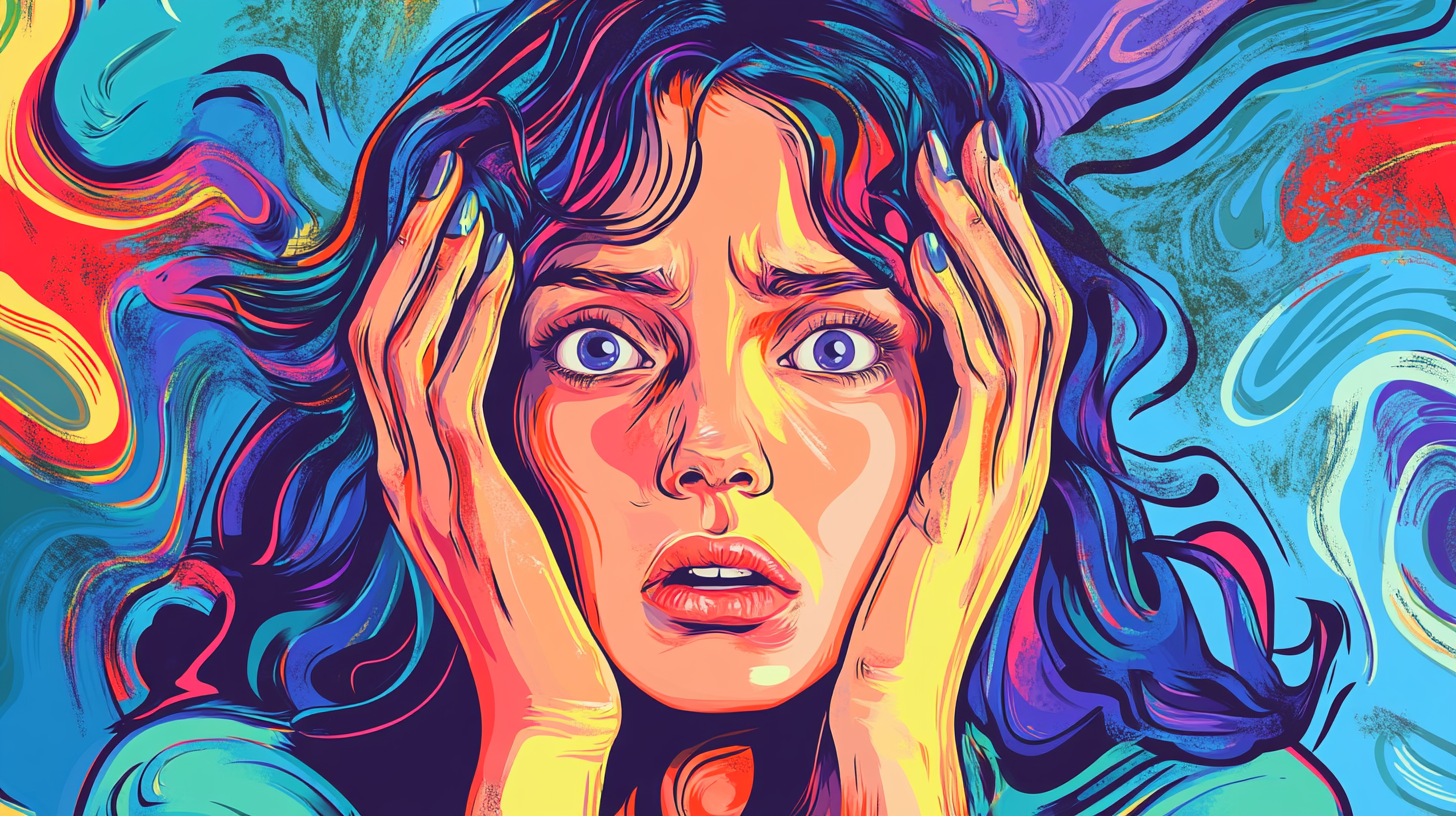What Is Generalized Anxiety Disorder (GAD)? Symptoms, Causes, and Treatment Options 👨⚕️
Struggling with constant worry? Discover what Generalized Anxiety Disorder (GAD) is, explore common symptoms, learn about causes, and find proven treatment options to reclaim your life.

Anxiety is one of those words that floats so casually through conversation — "I'm anxious about my meeting," "This city gives me anxiety," "I have anxiety, haha!" — that it's easy to forget how serious it can be when it digs deep and refuses to let go.
For millions, anxiety isn't just a nervous buzz before a speech or the jittery thrill before boarding a plane. It's a constant companion, shaping daily life in ways that feel invisible to outsiders but profoundly real to the person experiencing it. At its most intense, anxiety disorders can be debilitating, pulling people into loops of fear, doubt, and physical distress. Understanding what an anxiety disorder actually is — especially Generalized Anxiety Disorder (GAD) — can offer a life raft in the storm.
What Is Generalized Anxiety Disorder? 🤔

Clinically speaking, Generalized Anxiety Disorder (GAD) is defined by the American Psychiatric Association as "persistent and excessive worry about various domains, including work and school performance, that is difficult to control." In other words, it's not just worrying about "big" things; it's worrying about everything, often without a clear reason.
People with GAD live in a state of heightened alertness, as if waiting for a disaster that never quite comes. This chronic worry isn't a phase or a character quirk; it's a medical condition recognized in the Diagnostic and Statistical Manual of Mental Disorders (DSM-5).
Common Symptoms: The Many Faces of GAD 😬

GAD symptoms are slippery. They seep into thoughts, emotions, and even the body. Mentally, it might look like an endless barrage of "what-ifs" and catastrophizing. Emotionally, it can feel like irritability, dread, or an inability to relax.
Physically? The body joins the party, too. Symptoms often include:
- Restlessness or feeling "on edge"
- Fatigue
- Difficulty concentrating (sometimes called "brain fog")
- Muscle tension
- Sleep disturbances (trouble falling asleep, staying asleep, or unrestful sleep)
For many, these symptoms overlap so seamlessly with "normal stress" that GAD can go undiagnosed for years. But when everyday life becomes an exhausting obstacle course of constant worry, it’s time to recognize that something deeper might be happening.
Diagnostic Criteria: How Clinicians Identify GAD 📝

According to the DSM-5, a diagnosis of GAD hinges on several key factors:
- Excessive anxiety and worry occurring more days than not for at least six months.
- Difficulty controlling the worry.
- Anxiety and worry associated with at least three of the following symptoms: restlessness, being easily fatigued, difficulty concentrating, irritability, muscle tension, sleep disturbances.
- Clinically significant distress or impairment in social, occupational, or other important areas of functioning.
- Not attributable to substance use, medication, or another medical condition.
It’s not enough to just feel stressed. GAD is about how much that stress permeates life and whether it stands in the way of living freely.
Causes and Contributing Factors 💭

GAD doesn’t spring up out of nowhere. It's the product of a complex interplay of biology, environment, and personal history.
- Genetics: A family history of anxiety disorders can increase the risk.
- Brain Chemistry: Neurotransmitters like serotonin, dopamine, and norepinephrine — the brain's "mood messengers" — often function differently in those with GAD.
- Personality: Those with certain temperaments (like high neuroticism) are more prone.
- Life Events: Trauma, abuse, neglect, or significant life changes can act as triggers.
It's rarely just one thing. Imagine anxiety as a tangled knot of biology and experience, tightened over time by stress.
Treatment Options: Navigating the Road to Recovery 🌄

The good news? GAD is treatable. There isn't a one-size-fits-all cure, but a combination of approaches tends to yield the best outcomes.
Psychotherapy 🫶
Talk therapy isn't just venting; it's about rewiring the brain's relationship to fear.
- Cognitive Behavioral Therapy (CBT): The gold standard for GAD. CBT helps people recognize and challenge distorted thought patterns that fuel anxiety.
- Acceptance and Commitment Therapy (ACT): Instead of fighting anxious thoughts, ACT encourages people to accept them while committing to values-driven actions.
Both therapies offer tools to step out of the endless loop of "what if" and into a more grounded reality.
Medication 💊
Sometimes, therapy alone isn't enough, and that's where medication can play a crucial role.
- SSRIs (Selective Serotonin Reuptake Inhibitors): Such as sertraline (Zoloft) or escitalopram (Lexapro), often first-line treatments.
- SNRIs (Serotonin-Norepinephrine Reuptake Inhibitors): Such as venlafaxine (Effexor XR).
- Buspirone: Specifically designed for anxiety, with fewer sedative effects than other anti-anxiety meds.
Finding the right medication often takes patience. Side effects, individual body chemistry, and co-occurring conditions all play a part.
Lifestyle Changes 🚴
Small shifts can have a surprisingly outsized impact on anxiety levels:
- Exercise: Regular movement can decrease anxiety and boost mood.
- Nutrition: Avoiding excess caffeine, sugar, and processed foods can stabilize energy and mood.
- Mindfulness: Practices like meditation, yoga, or even mindful breathing.
- Sleep hygiene: Consistent sleep schedules, screen-free wind-down routines, and cool, dark bedrooms.
These aren’t magic bullets, but they're powerful allies.
Long-Term Outlook and Recovery Stories 📚

Recovery from GAD isn’t about erasing all anxiety — anxiety is part of the human experience. It's about recalibrating it so it no longer runs the show.
Many people find that with the right support, symptoms can dramatically improve. Some even experience complete remission. Others live with manageable levels of anxiety, equipped with tools and self-compassion.
Recovery isn't linear. Setbacks happen, but they don't erase progress. If anything, they offer opportunities to deepen resilience.
Real-world stories abound of people who, after years of feeling trapped by their own minds, find freedom in therapy, medication, community, and self-care. The constant buzzing of "what-ifs" gives way to a life built on "what’s next."
Tips for Managing Daily Life with GAD 💁♀️
Living with GAD often means mastering a delicate dance between vigilance and letting go. Here are a few practical strategies:
- Prioritize self-care like it’s non-negotiable — because it is.
- Break tasks into small, manageable steps to avoid feeling overwhelmed.
- Practice "scheduled worrying": Set aside 15 minutes a day to "worry," and shelve anxious thoughts outside that window.
- Stay connected: Isolation fuels anxiety; community tames it.
- Challenge avoidance: GAD often tempts people to avoid "triggers," but gentle exposure can build strength over time.
Resources and Support 🤝

If you're navigating GAD, you don't have to do it alone. Here are some helpful starting points:
- Anxiety and Depression Association of America (ADAA): Resources, support groups, webinars.
- National Alliance on Mental Illness (NAMI): Education, advocacy, local support networks.
- Therapy directories: Psychology Today, TherapyDen, Zencare.
There’s no shame in needing help. In fact, seeking support is one of the bravest moves you can make.
Anxiety may be a persistent visitor, but it doesn't have to be a permanent jailer. With understanding, compassion, and the right support, living well with GAD isn't just possible — it's within reach. After all, life isn't about eliminating every ounce of fear; it's about learning to move forward anyway, hand-in-hand with the wild, imperfect human experience.
Further Reading 📚
- American Psychiatric Association - Anxiety Disorders
- DSM-5 Criteria for Generalized Anxiety Disorder
- National Institutes of Health - Genetic Aspects of Anxiety Disorders
- APA - Cognitive Behavioral Therapy
- Positive Psychology - Acceptance and Commitment Therapy
- Mayo Clinic - Sertraline (Zoloft)
- Mayo Clinic - Venlafaxine (Effexor XR)
- NCBI - Buspirone

